
Potassium Bromide 500gm
$2,500.00 Original price was: $2,500.00.$2,300.00Current price is: $2,300.00.
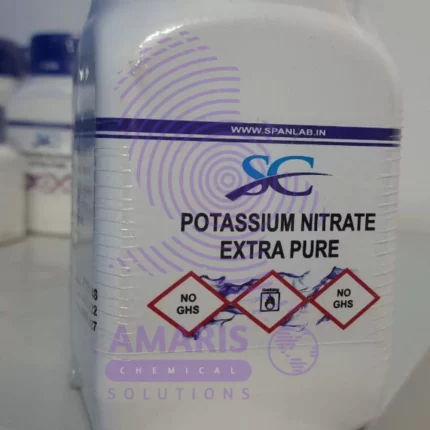
Potassium Nitrate 500gm
$590.00 Original price was: $590.00.$450.00Current price is: $450.00.
Potassium Hydroxide Pellets 500gm
$465.00 Original price was: $465.00.$400.00Current price is: $400.00.
Whatsapp Order
Potassium Hydroxide Pellets (KOH) are solid, highly caustic compounds often used in various industrial and laboratory applications. These white, odorless pellets are a strong base and are known for their high reactivity with water, forming potassium hydroxide solution and heat in the process. They are commonly used in the production of fertilizers, soaps, and biodiesel, as well as in chemical synthesis and pH regulation. Handle with care, as KOH can cause severe burns and irritation.
SKU:
ACS97157CHEM0
Category: Analytical Reagents
Description
Potassium Hydroxide Pellets
In the laboratory, Potassium Hydroxide Pellets are used for:
- pH Adjustment: KOH is employed to adjust and maintain the pH of solutions, making it crucial in various chemical processes and experiments.
- Saponification Reactions: It is used in the production of potassium soaps and other saponification reactions.
- Chemical Synthesis: KOH serves as a reagent in various organic synthesis reactions, including deprotonation and other transformations.
- Buffer Solutions: It is used to prepare buffer solutions with specific pH levels, which are essential for maintaining stability in biological and chemical experiments.
- Neutralization Reactions: KOH is involved in neutralizing acids to produce salts and water, a common process in many chemical experiments.
Reviews (0)
Be the first to review “Potassium Hydroxide Pellets 500gm” Cancel reply
Related products
Aluminum Carbonate 250g
Aluminum carbonate is a chemical compound with the formula Al2(CO3)3. It is a white, crystalline solid that is insoluble in water. Aluminum carbonate is not commonly encountered in pure form due to its high instability, especially in the presence of water and carbon dioxide. Instead, it tends to decompose into aluminum hydroxide and carbon dioxide when exposed to moisture or acidic conditions.
Ammonia Acetate
Ammonium acetate (NH4C2H3O2) is a chemical compound with various applications and properties. Here are some key points about it:
Properties
- Chemical Formula: NH4C2H3O2
- Molecular Weight: 77.08 g/mol
- Appearance: White, crystalline solid
- Solubility: Highly soluble in water
- Melting Point: Decomposes upon heating
Ammonia Solution 2.5litres
An ammonia solution is a solution of ammonia (NH3) gas dissolved in water. It is a clear, colorless liquid with a pungent odor and a basic pH. The concentration of ammonia in the solution can vary, and is typically expressed in terms of percent by weight or by volume.
Ammonia solutions are commonly used in a variety of applications, including cleaning agents, fertilizers, and as a precursor to other chemicals. They are also used in industrial processes such as refrigeration, gas purification, and water treatment. Ammonia solutions can be dangerous if not handled properly, as they are highly corrosive and can release toxic fumes if mixed with certain chemicals
Ammonium Carbonate LR 500gm
Ammonium Ferrous Sulphate 500gm
Ammonium Sulphate 500gm
Anhydrous Aluminum Chloride
Anhydrous aluminum chloride, often represented as AlCl3, is a chemical compound composed of aluminum and chlorine. "Anhydrous" means it lacks water molecules in its structure. It's a white or pale yellow solid that is highly hygroscopic, meaning it readily absorbs moisture from the air. This property makes handling it a bit tricky since it can form a solution with water vapor in the air, turning into a fuming liquid.
Sodium Thiosulphate 25kg
Sodium thiosulfate (Na2S2O3) is an inorganic compound that is commonly used as a photographic fixer, as well as in medical and industrial applications. It is a white crystalline powder that is soluble in water and has a mild odor. In photography, sodium thiosulfate is used to remove unexposed silver halide from photographic prints and negatives, making the image permanent. In medicine, it is used as an antidote for cyanide poisoning, and in industrial applications, it is used as a reducing agent, a dechlorinating agent, and in water treatment processes.



 LABORATORY EQUIPMENT & APPARATUS
LABORATORY EQUIPMENT & APPARATUS
 Fertilizers
Fertilizers Plant Growth Regulators
Plant Growth Regulators Soil Conditioners
Soil Conditioners Animal Feed Additives
Animal Feed Additives Biostimulants
Biostimulants Dough Conditioners
Dough Conditioners Flour Treatments
Flour Treatments Fat Replacers
Fat Replacers Preservatives (baking)
Preservatives (baking)
 Surfactants (cleaning)
Surfactants (cleaning) Builders
Builders Bleaching Agents
Bleaching Agents Enzymes
Enzymes Solvents (cleaning)
Solvents (cleaning) Fragrances
Fragrances


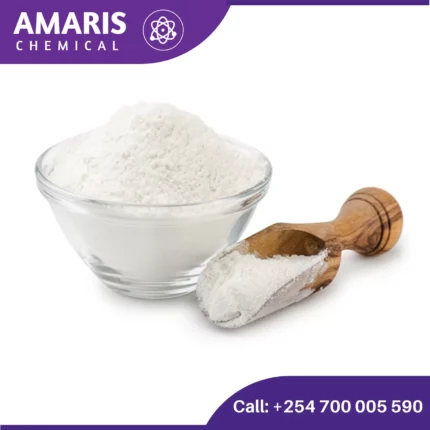

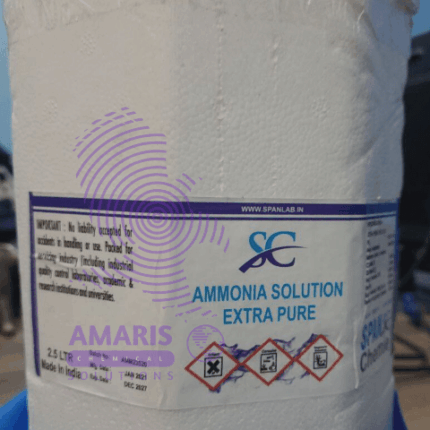




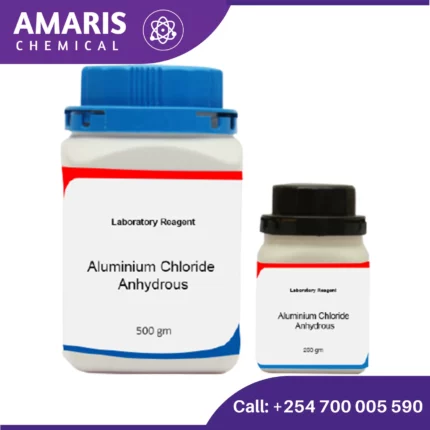
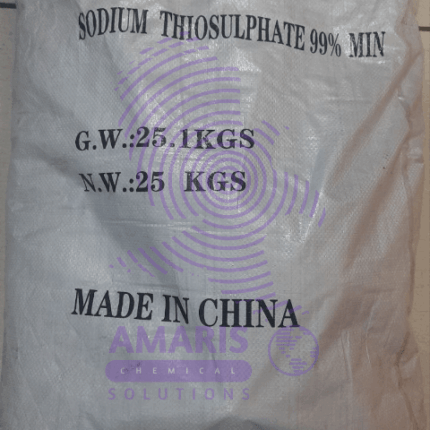
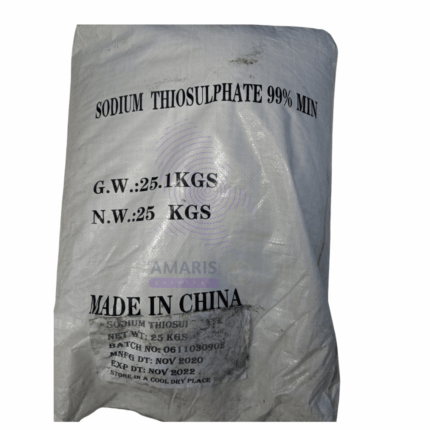













Reviews
There are no reviews yet.